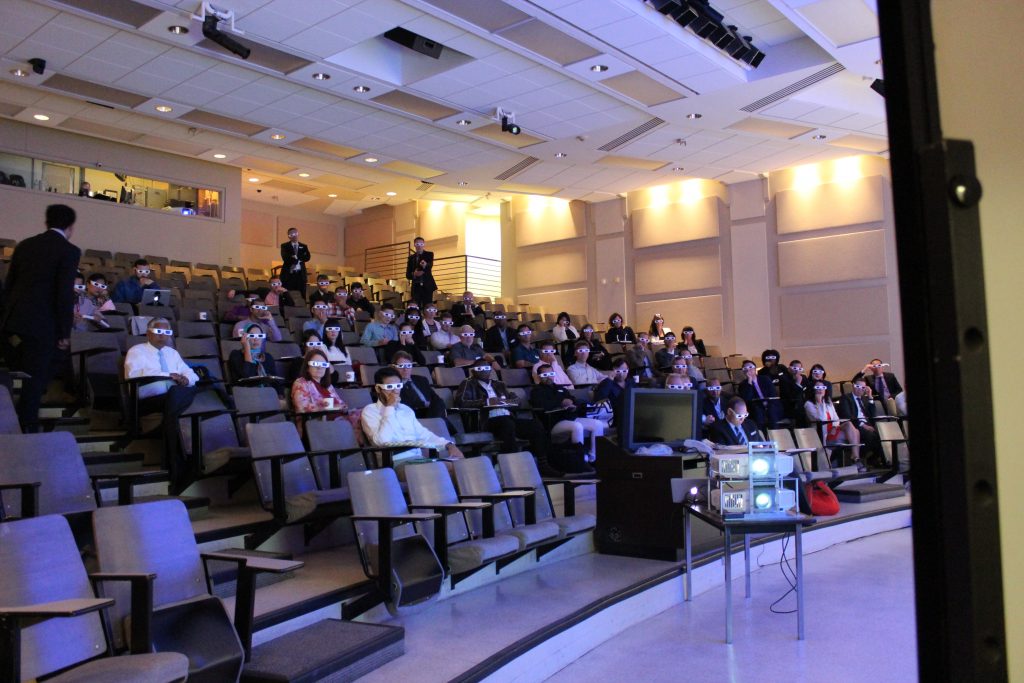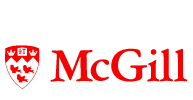
Course Director: Marc A. Tewfik
Guest of Honour: Peter-John Wormald
International Faculty: Yazeed Alsuliman, Philip Chen, Neil Tan, Constanza Valdes
National Faculty: Yvonne Chan, Martin Desrosiers, Johannes Frasnelli, Sarah Khalife, John Scott, Doron Sommer, Ian Witterick.
Local Faculty: David Chan, Saul Frenkiel, Nathalie Gabra, Lamiae Himdi, Joseph Schwartz, Rickul Varshney.
Planning commitee: Saul Frenkiel, Joseph Schwartz, Marc A. Tewfik, Rickul Varshney.
Lectures and Lab
Recalcitrant chronic rhinosinusitis (CRS) and aggressive clinical variants of the disease such as nasal polyposis, Samter’s triad and eosinophilic mucus CRS are particularly challenging to manage, even in the hands of experienced otolaryngologists. In this era of novel biologic medications, numerous consensus statements have emphasized the importance of adequately complete endoscopic sinus surgery early in the management algorithm of nasal polyposis. Advances in endoscopic sinus surgery technique and ancillary procedures, and our understanding of the disease process have led to improved success rates for surgery in the management of severe disease.
Now in its fifth iteration and 10 years after the inaugural course, the North American Masterclass in Endoscopic Sinus Surgery is returning to Montreal with Professor Peter-John Wormald as guest of honour. The aim of this course is to teach advanced techniques in endoscopic sinus surgery, including frontal recess dissection and drillout, medial maxillectomy, with the aim of increasing the surgical skills of participating surgeons.
The course will consist of a half-day of high-yield lectures followed by two and a half days of hands-on dissections. As in 2019, which was the first international sinus course to do so, this course will employ the latest cutting edge high-fidelity 3D-printed sinus models provided by Fusetec (https://fusetec.com.au). Ultra-realistic in anatomic detail and tissue feel, these models offer significant advantages over cadaveric specimens including standardized and graded frontal sinus complexity, and CT imaging for surgical planning. Twenty surgical stations endoscopic surgical workstations will be available with 3 models station, and the enrollment would be open to a total of 40 Otolaryngologists, including practicing surgeons, advanced trainees and fellows from around the globe.
LEARNING OBJECTIVES
After attending this workshop, otolaryngologists will be able to:
-
Recognize endoscopic and radiologic sino-nasal anatomy, as well as pathophysiologic concepts of various common nasal diseases;
-
Define the management of sino-nasal pathology, including the latest medical therapies as well as advanced ESS techniques, including the surgical steps of each technique;
-
Identify the indications and contraindications of advanced ESS techniques;
-
List the instrumentation required;
-
Define the postoperative management after ESS.
FRONTAL SINUS MASTERCLASS WORKSHOP
The frontal sinus anatomy is highly variable and often complex. As a result, it is often challenging for the sinus surgeon to master understanding of the frontal sinus. The Frontal Sinus Masterclass aims to help participants systematically review a variety of CT scans, from simple to complex, in all 3 planes. After reviewing the CT, the participant uses specially designed building block software to determine the anatomy and drainage pathway of the frontal sinus.
The Course Faculty works with the participants to make and evaluate their own 3D conceptualization of the frontal sinus cells using tangible blocks, in a hands-on approach. The Course Faculty checks and provides feedback to help the participant improve their 3D Conceptualization.
Participants then compare their own 3D interpretation of the CT scan with the intra-operative video of the surgery performed on this patient, with stepwise removal of frontal sinus cells. The comparison of the participant’s 3D Interpretation and the actual surgery re-enforces their ability to use the triplanar CT images to create a 3D anatomical picture, and to formulate their own plan for surgery. Participants will subsequently use this surgical planning technique to dissect their individual sinus models during the dissection protion of the course.
LEARNING OBJECTIVES
After attending this workshop, otolaryngologists will be able to:
- Name common cellular configurations of frontoethmoidal cells that are relevant to frontal sinus surgery.
- Assemble these 3D configurations using the building blocks technique and understanding how this affects the frontal sinus drainage pathway.
- Create a surgical plan for frontal recess dissection based on the elucidated frontoethmoidal cell anatomy.
ACCREDITATION
Previous courses were an Accredited Simulation Activity (Section 3) as defined by the Royal College of Physicians and Surgeons of Canada’s Maintenance of Certification Program (MOC) as well as a Recognized Practice’s Assessment Activity as defined by the Collège des médecins du Québec. This activity has been approved by the Continuing Professional Development Directorate (CPDD) of the Fédération des médecins spécialistes du Québec with a maximum of 14,5 hours in section 3 / Recognized Practice’s Assessment Activity, in accordance with the duration of participation.
Accredited Group Learning activity (section 1) as defined by the Royal College of Physicians and Surgeons of Canada’s Maintenance of certification Program (MOC) and a Recognized Professional Development Activity as defined by the Collège des médecins du Québec. This activity has been approved by the Continuing Professional Development Directorate (CPDD) of the Fédération des médecins spécialistes du Québec with a maximum of 7.5 hours, in accordance with the duration of participation. The same is planned for this year’s course, subject to final approval from our accrediting body.
Through an agreement between the Royal College of Physicians and Surgeons of Canada and the American Medical Association (AMA), physicians may convert Royal College MOC credits to AMA PRA Category 1 Credits™. Information on the process to convert Royal College MOC credit to AMA credit can be found at www.ama-assn.org/go/internationalcme.
